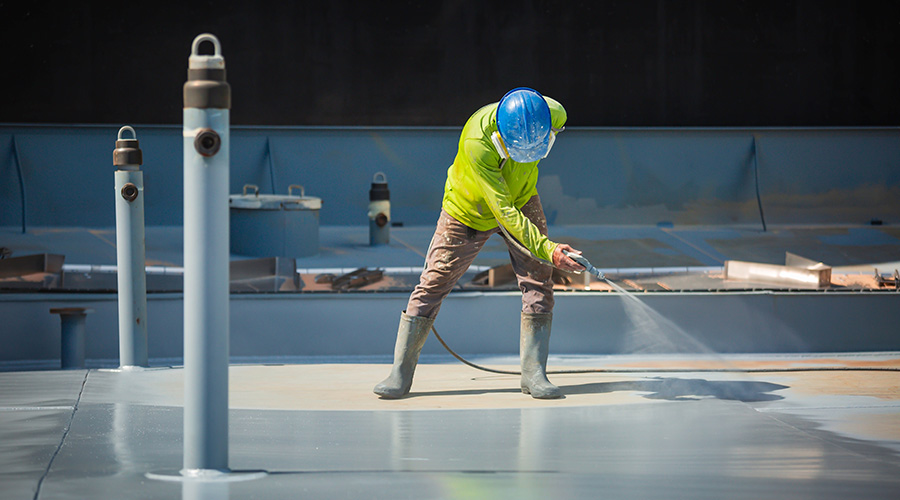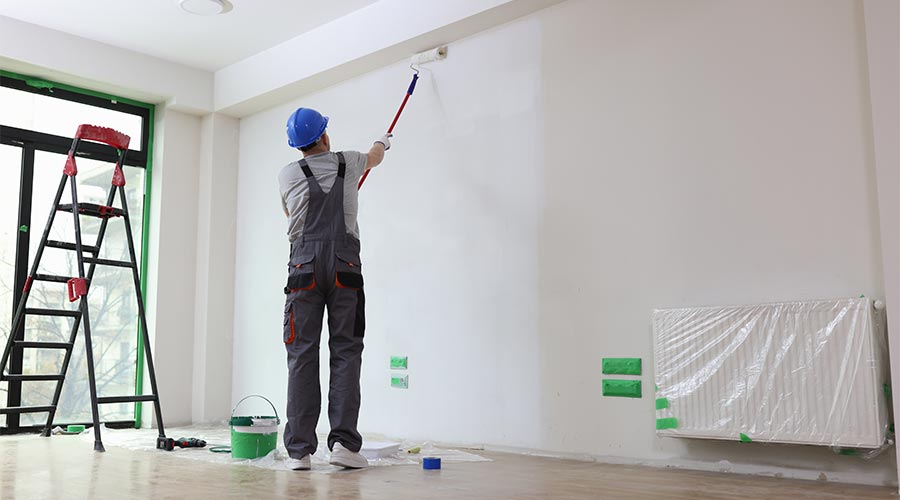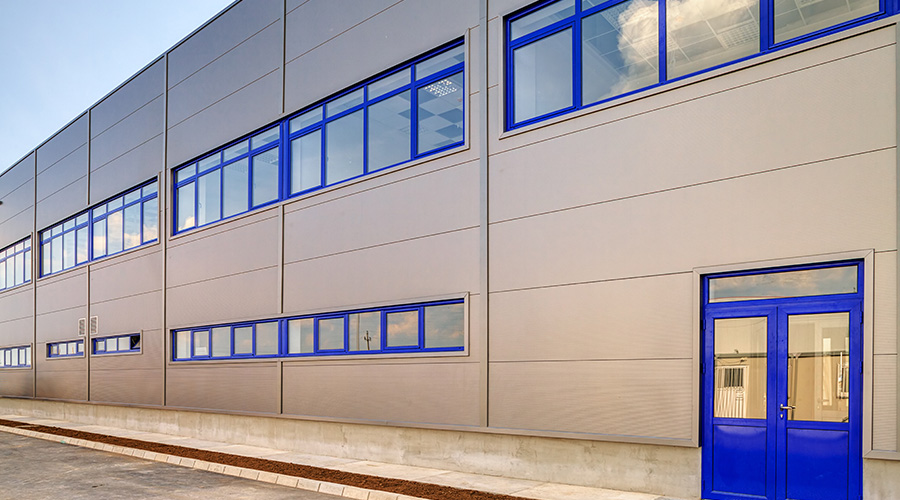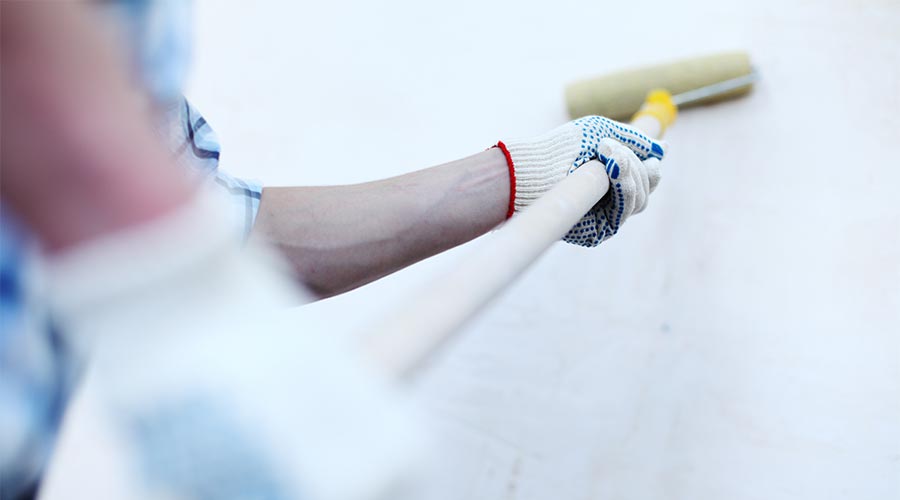Durable Coatings Key to Sustainability Goals
Managers need to be familiar with the emergence of functional value in paints and coatings.
Product performance considerations are key to extending maintenance cycles, says Lucy Schneider, director of operations for Master Painters Institute (MPI), a North American certification organization for paint performance.
For example, a green coating with below-average performance “will increase the likelihood of early coatings failure and the need to repaint sooner than a higher-performing coating,” Schneider says. “That green coating may have a reduced environmental impact during application, but the need to recoat at increased intervals will increase the overall environmental impact of the product.”
Schneider says performance and durability are critical to true sustainability. Premature failure and subsequent frequent repainting inevitably lead to greater VOC emissions and non-sustainable, costly maintenance operations.
Managers need to be familiar with the emergence of functional value in paints and coatings.
“Coatings are about more than aesthetics,” Schneider says. “They play a very important role in protecting substrates from environmental elements and deterioration, including moisture, UV degradation and everyday wear.”
While commercial coatings might not face the same weather exposures as industrial coatings, “they do go a long way in ensuring the longevity of a surface,” Schneider says. “Selecting a coating with proven protective properties helps extend surface life and reduces repair and recoating costs over time.”
Choosing a coating that has been proven to perform as required should be a top consideration for any project.
“Some high-performing coatings may have a higher upfront cost, but they pay dividends through reduced failures, fewer repaints and better resistance to wear and tear,” Schneider says.
MPI offers a list of products that have passed rigorous performance-testing requirements outlined in the organization’s performance standards, such as burnish, cleanability, weatherability and adhesion.
The long view
While surface protection and aesthetics are critical considerations when selecting paints and coatings, managers also need to consider factors that will extend product performance life.
“Coating selection is important when meeting the owner’s cost and performance requirements,” says Kevin Brown, commercial services technical director at KTA-Tator, an engineering consulting firm. “A systematic and methodical evaluation should be conducted to ensure the coating selected satisfies the owners’ requirements while also meeting budget constraints.
“If aesthetics is crucial, longer resistance to fading and chalking can be obtained by specifying coatings with higher quality resins – for example, high-performance acrylics versus latex — or factory-ground pigments versus universal pigments. If the goal is protection, it’s important to select the type of coating that meets or exceeds relevant testing requirements.”
For example, for applications to protect a facility from wind-driven rain, managers can consider a coating that meets or exceeds ASTM D6904 — Standard Practice for Resistance to Wind-Driven Rain for Exterior Coatings Applied on Masonry, Brown says.
Heat- and solar-reflective coating systems are available for roofs and wall systems that are formulated to reduce surface temperatures. Coatings that exhibit these properties are often tested for solar reflectance, thermal emittance.
“Utilizing systems that reduce surface temperature and reflect sunlight can lower energy costs, especially in hot climates,” Brown says.
To support managers’ sustainability efforts, some manufacturers offer recycling options, such as take-back programs for unused paint.
“Incentives are available in some areas for specifying materials with recycled content,” Brown says.
Howard Riell is a freelance writer based in Henderson, Nevada.
Related Topics:












